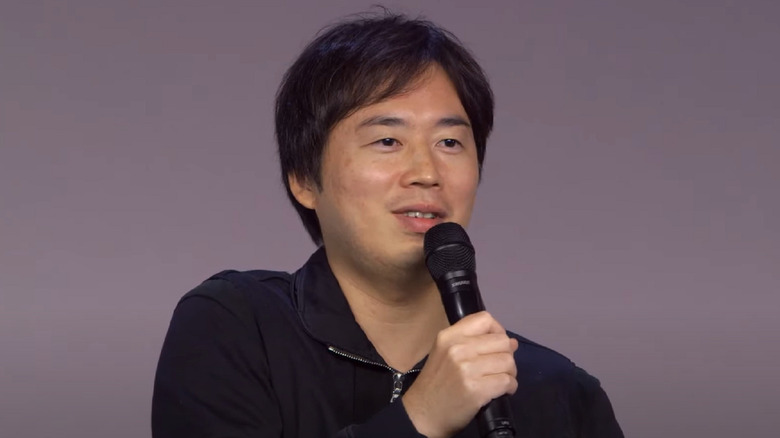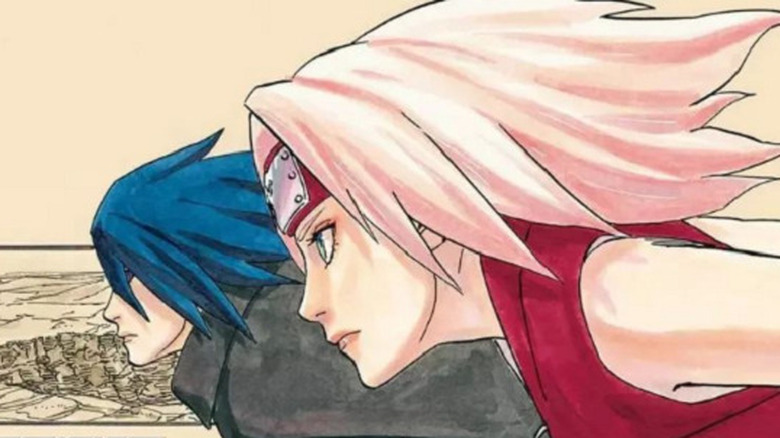Naruto Creator Masashi Kishimoto's Advice For New Artists Focuses On Embracing Tech
That technology has made most tasks easier and less time consuming is a notion that Masashi Kishimoto, the artist behind the popular manga series about ninjas, would agree with. The creator of "Naruto," a series that has won the hearts of many fans since late 1999, said in an interview at the Apple Store Soho in New York that 99 percent of what "Bakuman," the manga series drawn by Takeshi Obata and written by Tsugumi Ohba, depicts is accurate. For those who've never heard of this manga, "Bakuman" is about the daily trials and tribulations of being an up-and-coming mangaka and a student. The one percent Kishimoto deems as inaccurate comes down to his belief that a student could not balance their studies with all the hard work that being a manga artist entails.
Being a manga creator is an arduous profession that doesn't generally pay well unless your manga is unbelievably successful. "Naruto" is an exception that saw astounding worldwide fame. Nevertheless, being a mangaka is hard work, and deadlines can be stressful. Hence, many of the most successful mangakas hire assistants to help them. Kishimoto is one of those artists who needed and could afford assistants.
Kishimoto has some advice for aspiring manga artists that does not involve following in his footsteps but instead embraces better ways to help them conclude chapters faster.
Do as I say, not as I do
In an interview with Anime News Network, Kishimoto spoke about his creative process, revealing that he's fairly old-school as contemporary mangaka go. Everything he does, every panel that materializes on the page, is thanks to the artist's hands, not any modern digital aid.
"I'm actually quite analog," Kishimoto says. "I don't draw manga digitally yet at all. We do get these sticker sheets with different tones and shades. It's not just me doing it; My assistants and I will get together, and we have fun putting on the tones manually."
However, Kishimoto does not advise new artists to follow his example and suggests they embrace the help that technology can bring. "I don't recommend the manual method anymore," Kishimoto says. "It's quite costly, and it's quite a lot of work and takes a lot of time. I definitely recommend, for those of you who are just getting started or are not yet started, to go digital."
Indeed, it is easier to master new methods when you're just getting started and are not plagued by old habits. Kishimoto couldn't go digital, but that doesn't mean new artists shouldn't. Although the mangaka thinks the digital way is much more viable, that doesn't mean that it holds the keys to success. First and foremost, the story must be good. Compelling narratives can't be created with any software.
"There's no software out there. No digital technology is going to help you make a better story," Kishimoto says. Therefore, new artists should take advantage of technology's help without underestimating the creative power of their brains. That's the backbone of any manga.

